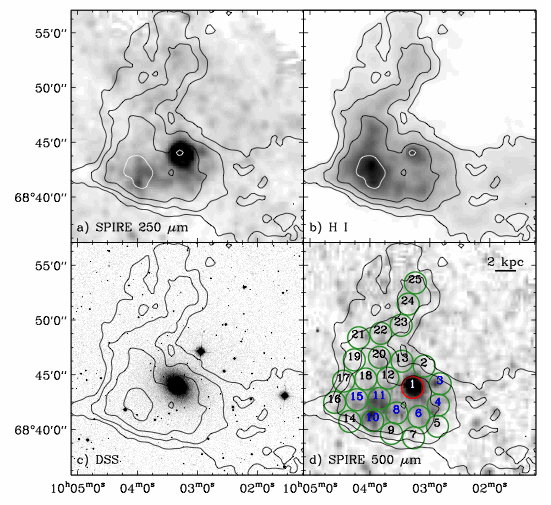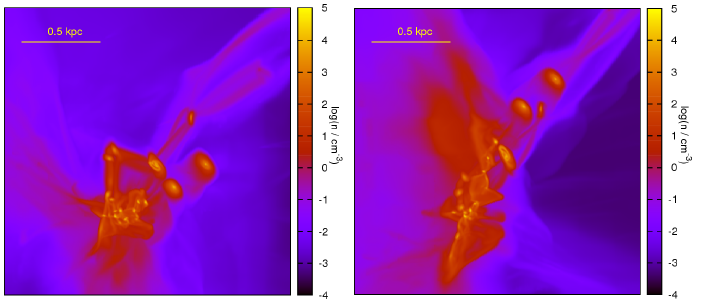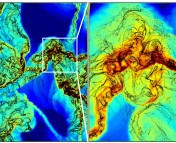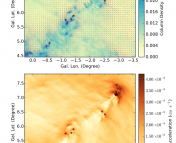Title: A runaway T Tauri star leaving an extended trail
Authors: Josep Martí, Pedro L. Luque-Escamilla, Estrella Sánchez-Ayaso
First Author’s Institution: Departamento de Física, Escuela Politécnica Superior de Jaén, Universidad de Jaén, Campus Las Lagunillas s/n, A3-420, 23071 Jaén, Spain
Status: Published in Astronomy & Astrophysics [open access]
Stars are finicky, finicky creatures, and even more so when they’re toddlers. Dubbed T Tauri stars, these young protostars (called so because their cores have yet to go through the rite of passage known as hydrogen fusion) are prone to violent X-ray and ultraviolet flares, as covered by a previous Astrobite. Adding to their rebellious nature, some have been found dwelling in isolation from their respective stellar nurseries, prompting scientists to scratch their heads about the origins of these lone T Tauris.
One possible explanation is the concept of runaway T Tauri stars, aka RATTS, which don’t scurry away from their brethren but rather get launched into their surroundings as a result of complex inner-nursery dynamics. They may be loners or they may seemingly travel in packs, much like actual rats.
RATTS, as endearing as they are called, would sound like a promising explanation, but no true RATTS have been confirmed – every possible candidate has lacked the distinct spectral energy distribution (SED) and rotation period theoretically associated with RATTS, leading to the near-total abandonment of the proposal.
Up until this paper.
RATTS in the walls?
While examining the bow shock of known runaway (adult!) star BD+43°3654, astronomers found an unidentified star with a tail-like structure that extended nearly a whole degree long. That’s a huge length for a field where on-sky angular sizes commonly measure fractions of fractions of a degree!
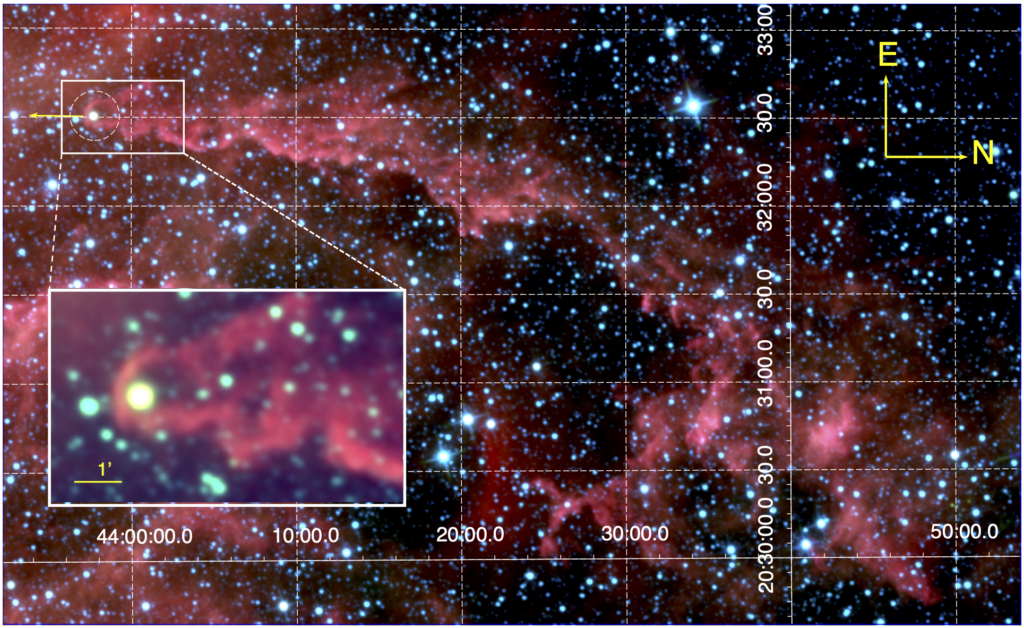
The group named the new star UJT-1, after the University of Jaén Telescope (UFT) they later used to perform astrometric and photometric observations on it. After making additional astrometric, photometric, and spectroscopic observations with various telescopes, the authors were able to deduce that UFT-1 is likely a G5 spectral type, falling within the range for T Tauri stars. They were also able to estimate UJT-1’s velocity relative to other stars – 45 kilometers per second, consistent with runaways. Additionally, they determined that UJT-1’s tail may be as long as 50 parsecs, rivaling the star Mira’s famous tail, which is 13 lightyears or approximately 4 parsecs long.
Modeling the spectral energy distribution (SED) also placed UJT-1 within X-ray luminosities expected of T Tauri stars. While attempting to model the SED for UJT-1’s bow shock – which emits in the infrared as a result of UJT-1’s magnetosphere colliding with hot dust grains in the local interstellar medium (ISM) – they found that the -5 to 20 μm region (seen in Figure 2) tended to be brighter than the dust grain model they used. Mysterious…
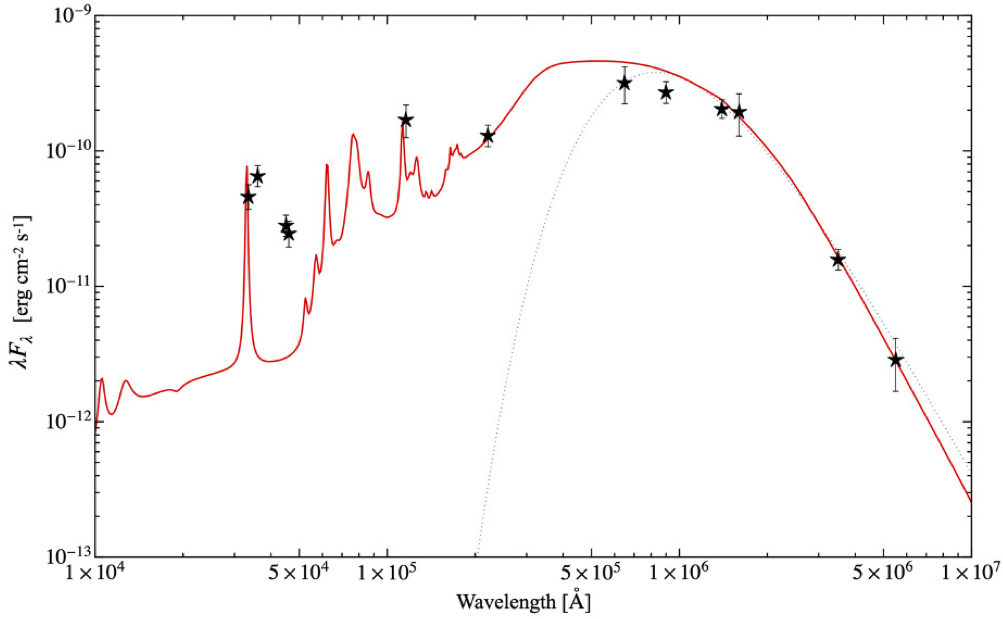
But is it a RATT?
UJT-1 checks off all the criteria for a T Tauri star, and the authors assert that it could be an excellent, real-life example of a RATTS. After all, it’s isolated, the tail is evidence that it was ejected at high speeds, and it has a particularly distinct SED. Even solving for its motion in the past leads to a nearby molecular cloud.
The authors bring up caveats that might hinder us from catching RATTS. Determining the actual distance to UJT-1 is a little tricky, as it depends on the quality of the spectrum data they receive from telescopes (thanks redshift!). Depending on the spectra, UFT-1 may either be 2 kiloparsecs away from us, 4.5 kiloparsecs, or somewhere in between. A shorter distance wouldn’t knock it out of the runaway category, even if it led to a lower X-ray luminosity or a smaller tail. However, it would make finding its original nursery more difficult.
Regardless, UFT-1 could be an exciting subject for future study. The authors suspect that the tail, whose temperature is higher than expected (accompanied by the unusually high peak in the bow shock’s SED in Figure 2), may be heated by an outside source. They hypothesize that it may have come into contact with a supernova remnant, which may have gone unnoticed in the infrared (but would have lined up with radio observations in the Canadian Galaxy Radio Plane Survey). Whether this actually happened remains to be confirmed.
Here’s hoping more RATTS come sneaking out of the cosmic woodwork!
Astrobite edited by: Tori Bonidie and Isabella Trierweiler
Featured image credit: Figure 1 of Martí et al. 2023

